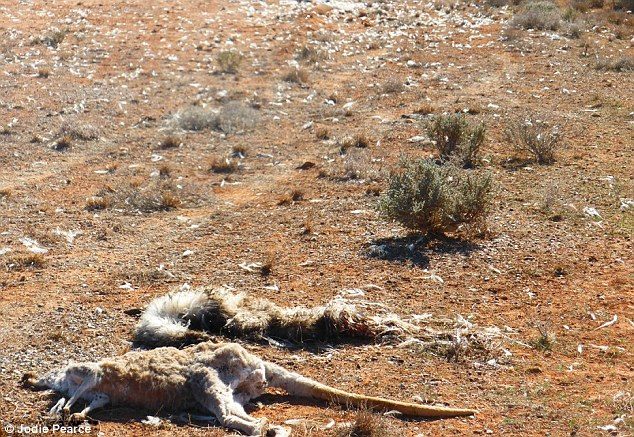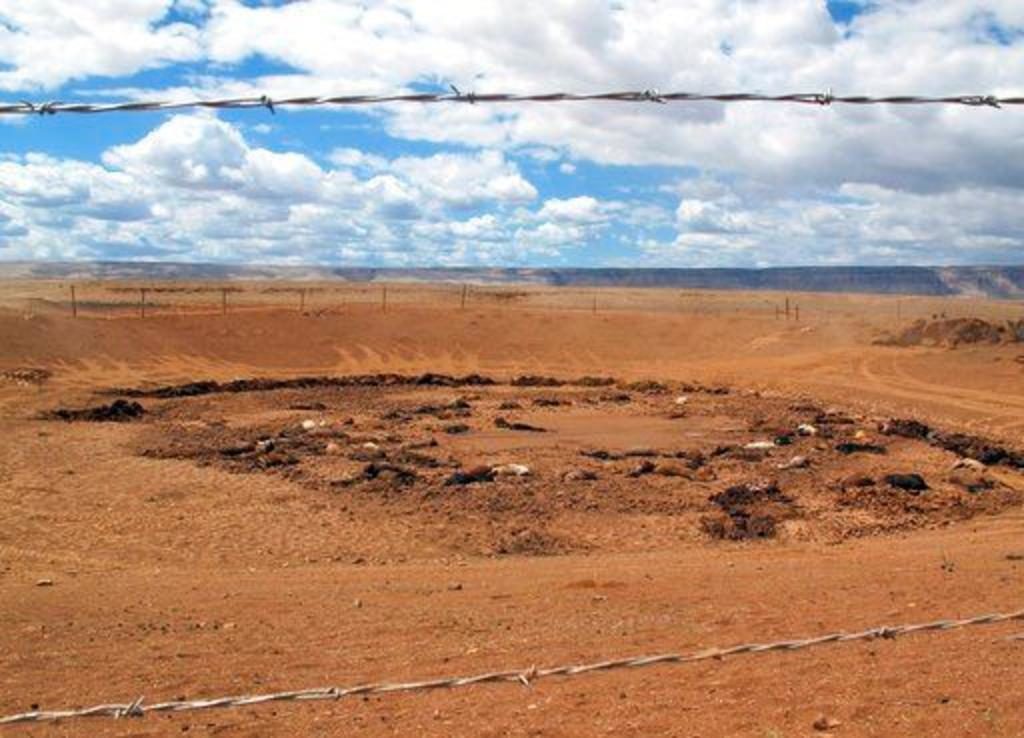
© AFPAn Afghan Muslim man sleep in front of a shop during the Islamic holy month of Ramadan in Jalalabad on May 28, 2018.
Millions of Afghans face hunger after a drought decimated crops in the war-ravaged country, U.N. officials said on Tuesday, calling for an extra $115 million to help families buy food.
Two thirds of Afghanistan's 34 provinces have been hit by a lack of rain or snowfall since late last year, said a bulletin from the United Nations Office for the Coordination of Humanitarian Affairs (OCHA).
Some rivers and water points have totally dried up, and the last wheat harvest has been "completely lost", according to the Food and Agriculture Organization.
"Six months down the road, millions of people could be in a situation of untenable hunger without knowing where their next meal will come from," said Toby Lanzer, the U.N. humanitarian coordinator in Afghanistan.
Already, the drought has forced 21,000 people to leave their homes and settle on the outskirts of the western city of Herat, said OCHA.
The U.N. hopes to distribute cash to enable families to buy food and try to prevent further migration.
"People prefer cash, which allows them to buy what they need most," he said. "We prefer not to truck food across the country, also because doing so is expensive and can disrupt markets."
The U.N. is revising its humanitarian appeal for 2018 because of the drought, and says it needs an extra $115 million to help 1.4 million of the hardest-hit people.
Only one quarter of the $430 million the U.N. requested for 2018 was funded as of May 23.






Comment: Meanwhile Australia's winter is bringing some some of the coldest temperatures in more than a decade. We're seeing the same patterns all around the world; seasons are increasingly erratic, droughts are increasing in severity and flooding is of epic proportions.
- Heatwaves and droughts are happening around the world - But are these 'record temperatures' reliable?
- Heatwaves, storms, wildfires and droughts: Experts issue warnings over extreme weather in Europe this summer
- Floods Everywhere: Europe Battered By Sheets Of Rain, Hail and Thunderstorms
Also check out SOTTs: SOTT Earth Changes Summary - May 2018: Extreme Weather, Planetary Upheaval, Meteor Fireballs